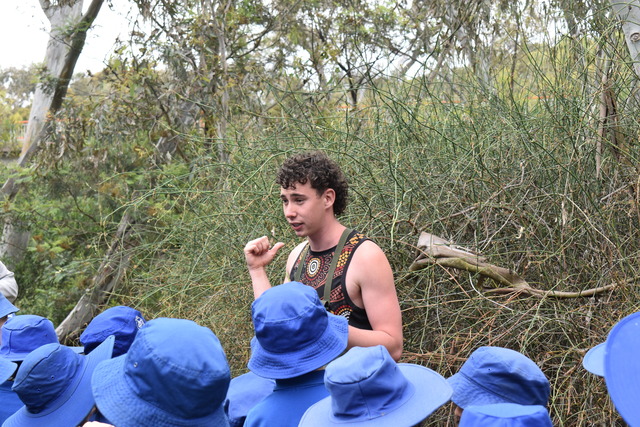Up to 10,000 people are feared dead from Super Typhoon Haiyan as survivors tell of huge tsunami-type storm surges whipped up by near record winds that swept away entire Philippine villages.
The storm weakened over the South China Sea early Sunday before heading to central and northern Vietnam where it could affect one million more people.
Philippine president President Benigno Aquino said one of his country’s deadliest recorded natural disasters left him ‘‘speechless’’ and warned Filipinos to expect mass casualties.
Interior Secretary Manuel Roxas described damage similar to a tsunami in Tacloban, a city of 220,000 on Leyte island 580 kilometres southeast of Manila, which bore the brunt of the storm.
‘‘From the shore and moving a kilometre inland, there are no structures standing. It’s like a tsunami,’’ Mr Roxas sai,d after flying over the area in a helicopter.
‘‘I don’t know how to describe what I saw. It’s horrific,’’ he said.
Bodies are floating amid debris, corpses are hanging from trees and roads are blocked by trees, tangled power lines and flattened houses.
Regional police chief Elmer Soria said he had been told the Leyte provincial governor Dominic Petilla had estimated the number of deaths at about 10,000, based on reports from village officials.
‘‘We had a meeting last night with the governor and the other officials. The governor said, based on their estimate, 10,000 died,’’ Mr Soria told Reuters.
The national government and disaster agency has not confirmed the estimate, a sharp increase from initial estimates of up to 1,200 killed that were made before the extent of the massive devastation became apparent.
Haiyan hit with 315 kilometre per hour winds that sounded like a jumbo jet across a 600-kilometre stretch of Philippine islands.
Most of the deaths were caused by storm surges.
‘‘The water was as high as a coconut tree,’’ said 44 year-old Sandy Torotoro, a bicycle taxi driver who lives near the airport with his eight year-old daughter.
‘‘I was swept away by the water rampaging with logs, trees and our house was ripped off from its moorings,’’ he said.
Lynette Lim from Save the Children who survived by sheltering under tables amid shattering glass in a building near Tacloban said residents have lost everything and were so desperate for food, water and medicines they resorted to looting shops and pharmacies.
‘‘They had no option,’’ Ms Lim told Fairfax Media after flying from Leyte to Manila on a military plane on Sunday.
Many shops in Tacloban were looted with people seen carrying away flat-screen televisions, food items and even a Christmas tree.
Only 100 of the city’s 2,000 employees have reported for work.
‘‘Everyone is attending to their families,’’ said Tecson John Lim, the city administrator.
Ms Lim said locals told her that some coastal villages southeast of Tacloban were even more devastated than the city.
She said she was forced to move from room to room in an Education Department compound as rooms gave way to the force of the storm.
‘‘When I eventually could come outside I saw dead bodies on the road and people were carrying bodies from buildings,’’ she said.
‘‘The situation is dire,’’ she said.
On Busuanga, the last island battered by the typhoon before it blew away to the South China Sea, which is also called the West Philippine Sea, Vice Mayor Jim Pe said most of the houses and buildings were destroyed.
‘‘It was like a 747 flying just above my roof,’’ he said.
By late Sunday rescuers still had not reached some remote villages in the affected area, including Guiun on Samar island where 40,000 were living.
The World Food Programme said it was lifting 40 tonnes of high energy biscuits, enough to feed 120,000 people for a day.
The US military has promised to send search and rescue helicopters and other support to assist the rescue operation.
United Nations Secretary-General Ban Ki-moon promised that UN humanitarian agencies would respond rapidly.
Vietnam was bracing for sea surges, torrential rain and flooding as Haiyan made landfall in its central provinces, including tourist destinations areas like Danang City where an estimated 200,000 people have moved to higher ground.
It was expected to make landfall early Monday before moving to the northern part of the country before likely weakening into a tropical storm.
‘‘We’re preparing for dangerous winds, flash flooding and significant damage to infrastructure,’’ said Tuan Doan, Save the Children’s Country Director in Vietnam.
Vietnamese authorities in four central provinces were evacuating more than 600,000 people from high-risk areas to government buildings, schools and concrete homes able to withstand strong winds.
‘‘The evacuation is being conducted with urgency,’’ said disaster official Nguyen Thi Yen Linh from Danang city.
Hundreds of thousands of others were moved to shelters in the provinces of Quang Ngai, Quang Nam and Thua Thien Hue.







